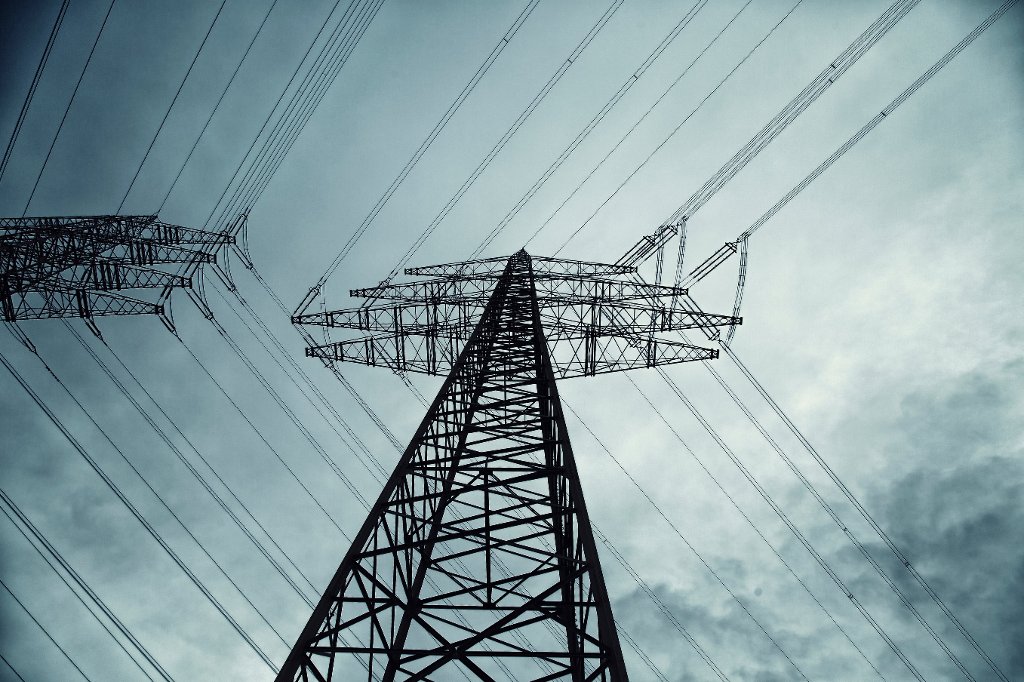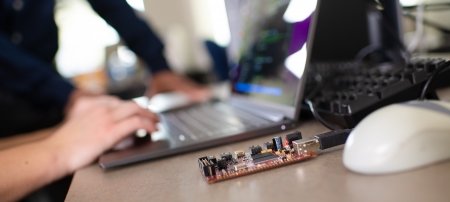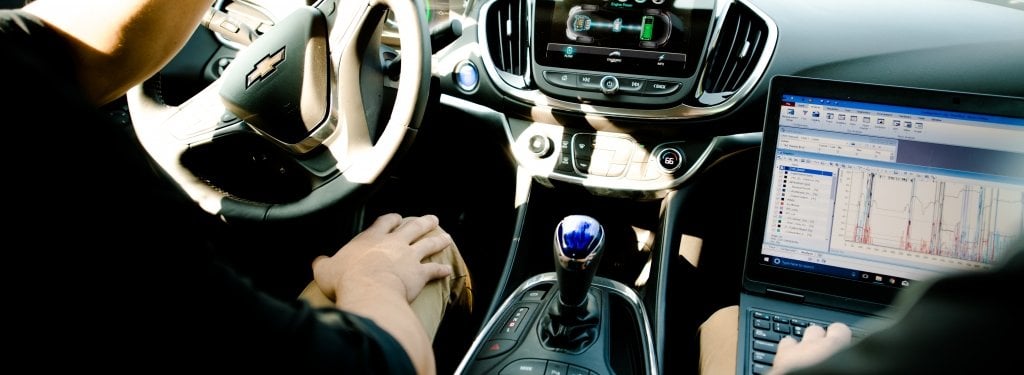In an Institute of Electrical and Electronics Engineers (IEEE) keynote paper, computer engineers lay out a framework to improve research on cyber-physical systems.
Sometimes referred to as the Internet of Things, cyber-physical systems vary from phones to self-driving cars, from airplane controls to home energy meters. They are both touchable objects and invisible code. However, as streamlined as cyber-physical systems appear, the technology developed within manufacturing systems that were not designed to accommodate it.
To change that, researchers banded together from Michigan Technological University, Boston University, University of California, Berkeley, and University of California, Riverside. Their latest work, a keynote paper published in IEEE Transactions in CAD (DOI: 10.1109/TCAD.2016.2633961), lays the groundwork for better design in cyber-physical systems.
"The register-transfer-level (RTL) design flow for digital circuits is one of the major success stories in electronic design automation," the authors write. "Will a durable design methodology, such as the RTL design flow, emerge for cyber-physical systems?"
The answer, they say, depends on how well cross-disciplinary teams learn to manage heterogeneous and dynamic technologies across large scales while accounting for human users. It's not that simple when you consider how we take for granted the everyday objects that make up the Internet of Things.
Reframing Automation Design
A better cyber-physical design system comes down to the nuts and bolts of new technology—but it's not as simple as separating out the mechanical and digital pieces.
"Cyber-physical systems are not just the interface of the two," says Shiyan Hu, an associate professor of computer engineering at Michigan Tech and one of the paper’s co-authors. "Together they create an emergent space with new properties and challenges—it's a whole system."
Take a smart grid, for example. Much like a cake is more than the sum of the sugar and flour in its recipe, a smart grid is more than a home energy meter, powerlines, a power plant control center and software. The pieces are networked in order to predict, adjust and assess production and consumption in close to real-time.
"Sensors transmit data to the physical system, which reads the data and takes action," Hu says. Usually, this transfer is streamlined and efficient, but as a cybersecurity expert, Hu knows the exchange is a weak link.
Cybersecurity
"Security and privacy have become two of the foremost design concerns for cyber-physical systems today," the team writes in their paper, adding that they are "cross-cutting concerns throughout the design process that must be considered from the very beginning of the design process; they cannot just be bolted on as an afterthought."
Hu says improving security and privacy requires hiring specialized experts at each stage of the design and manufacturing process. There is no one-size-fits-all kind of cybersecurity. For example, in a self-driving car, from the central operating system to a smart phone Bluetooth connection to the anti-lock brakes, each device and software needs a tailored approach.
"Cybersecurity is part of this, but more—cyber-physical security impacts not just the network, it impacts the whole system, including the physical objects," Hu explains.
The key to making safe, dependable and innovative technologies, Hu and his team explain, is to embrace big data. They encourage combining model-based design with data-based learning: in other words, merge two existing paradigms into one practice. The result could help establish the RTL design flow equivalent in cyber-physical systems. Streamlining also incorporates machine learning, real-time sensors, effective communication interfaces and human-centric strategies—simply a smarter way to approach the design process.
Michigan Technological University is an R1 public research university founded in 1885 in Houghton, and is home to nearly 7,500 students from more than 60 countries around the world. Consistently ranked among the best universities in the country for return on investment, Michigan's flagship technological university offers more than 120 undergraduate and graduate degree programs in science and technology, engineering, computing, forestry, business, health professions, humanities, mathematics, social sciences, and the arts. The rural campus is situated just miles from Lake Superior in Michigan's Upper Peninsula, offering year-round opportunities for outdoor adventure.






Comments